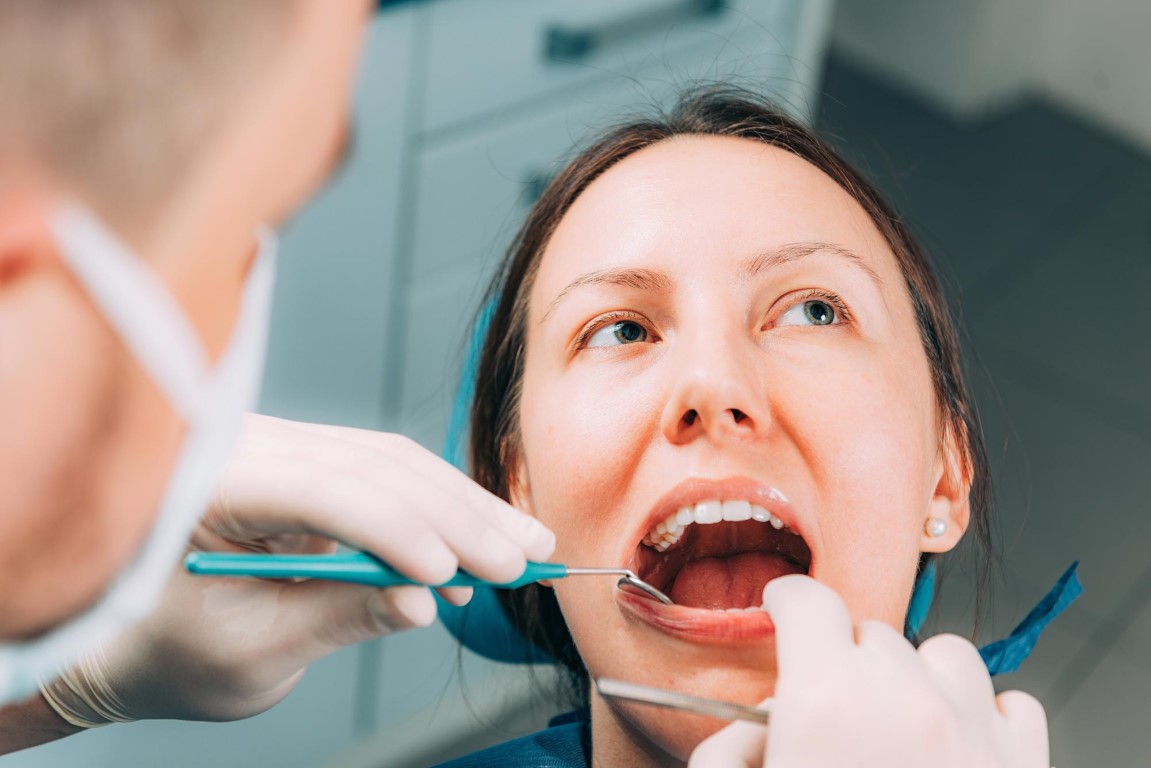Scar Formation and Scar Management in Salivary Stone Surgery

Salivary stone surgery, particularly submandibular gland removal, is a critical procedure to relieve discomfort and complications caused by salivary stones. While this surgery effectively resolves the underlying issue, patients often have concerns about potential scarring and its management.
Understanding scar formation and implementing scar management strategies are essential to the recovery process post-salivary stone surgery. This blog will delve into the factors influencing scar formation, submandibular gland removal causing scars, and effective scar management techniques to help patients feel confident and satisfied with their surgical outcomes.
What is Scar Formation?
No matter how precise, surgical procedures can leave their marks in the form of scars. While scars are a natural part of the body’s healing process, they can concern patients undergoing salivary stone surgery. The submandibular gland removal procedure, which addresses the presence of salivary stones, may involve incisions that can lead to visible scars. Understanding the factors contributing to scar formation empowers patients and healthcare providers to address this concern proactively.
Factors Influencing Scar Formation:
Several factors play a role in how scars form following salivary stone surgery. Some of these factors include:
-
Incision Technique: The surgical approach and technique used by the surgeon can influence the size and visibility of the scar.
-
Individual Healing Response: Each patient’s body responds differently to injury and surgical incisions, impacting scar appearance.
-
Infection and Complications: Infections or post-operative complications may lead to more pronounced scarring.
-
Wound Care: Proper wound care during recovery is crucial for optimal scar healing.
Scar Management Techniques:
In the pursuit of minimizing scar visibility and supporting the healing process, various scar management techniques are employed post-surgery:
-
Topical Treatments: Silicone gels and sheets, vitamin E creams, and specialized scar creams can help reduce scar appearance.
-
Steroid Injections: For raised or hypertrophic scars, corticosteroid injections may be used to flatten and soften the scar tissue.
-
Laser Therapy: Laser treatments can improve the texture and color of scars, making them less noticeable.
-
Microneedling: This technique stimulates collagen production, aiding in scar remodeling.
Scar Types and Classification
Scars resulting from salivary stone surgery can vary in appearance and characteristics. Understanding the different types of scars can help patients anticipate their healing process and choose appropriate scar management techniques. Here are some common scar types and their classification:
-
Hypertrophic Scars: Hypertrophic scars are raised, red, and often thicker than the surrounding skin. While they remain within the boundaries of the original incision, they can be a source of concern for patients.
-
Keloid Scars: Keloid scars are similar to hypertrophic scars but extend beyond the original wound boundaries. They can be more prominent and may require specialized scar management approaches.
-
Atrophic Scars: Atrophic scars appear as depressions or pits in the skin. In some cases, submandibular gland removal may result in atrophic scars due to the surgical technique.
-
Contracture Scars: Contracture scars occur when the skin tightens during the healing process, leading to restricted movement. These scars are more common in larger surgical incisions.
Early Scar Care and Prevention
Taking proactive steps in the early stages of scar healing can lead to better outcomes and reduce the overall visibility of scars. Early scar care and prevention techniques can include:
-
Keeping the Incision Clean: Following proper wound care instructions provided by the surgeon can minimize the risk of infection and promote better scar healing.
-
Avoiding Irritants: Patients should avoid applying harsh chemicals or irritants to the incision site during the initial healing phase.
-
Using Scar Gels or Ointments: Applying scar gels or ointments as advised by healthcare providers can support healing and minimize scar formation.
-
Minimizing Tension on the Scar: Protecting the incision site from excessive tension or stretching during the healing process can prevent widened scars.
-
Using Compression Garments: For certain types of scars, such as hypertrophic or keloid scars, wearing compression garments may help flatten and soften the scar tissue.
Long-term Scar Care and Management
Effective scar management is not limited to the early healing phase; long-term care is also essential for optimal results. Here are some long-term scar care and management strategies:
-
Continued Use of Scar Products: Patients may continue to use scar gels, sheets, or ointments as recommended by healthcare providers to support ongoing scar healing.
-
Regular Scar Massage: Gentle scar massage can be performed regularly to improve scar texture and reduce stiffness.
-
Sun Protection: Continued sun protection is crucial to prevent further discoloration and hyperpigmentation of the scar tissue.
-
Avoiding Abrasive Skincare Products: Patients should steer clear of harsh exfoliants or abrasive skincare products that can irritate the scar tissue.
-
Consultation with Scar Management Specialists: For persistent or complex scars, seeking guidance from scar management specialists can lead to advanced treatment options and improved outcomes.
Conclusion:
Salivary stone surgery, including submandibular gland removal Scar, is a transformative procedure that can provide much-needed relief to individuals suffering from salivary gland issues. While the prospect of scarring may raise concerns, it’s crucial to understand that proper scar management can significantly minimize their visibility and help patients regain their confidence.
At Texas Sinus & Snoring in Houston, we prioritize the successful resolution of salivary stone issues and the overall patient experience, including scar management. Our skilled surgeons and caring medical team are committed to providing expert post-operative care and scar management guidance tailored to each patient’s unique needs.
If you or a loved one are considering salivary stone surgery or have undergone the procedure and want to explore effective scar management options, we’re here to support you every step of the way. Visit our website to learn more about our salivary stone surgery and scar management services. Let’s achieve optimal surgical outcomes together and help you embrace a confident, scar-free future.
